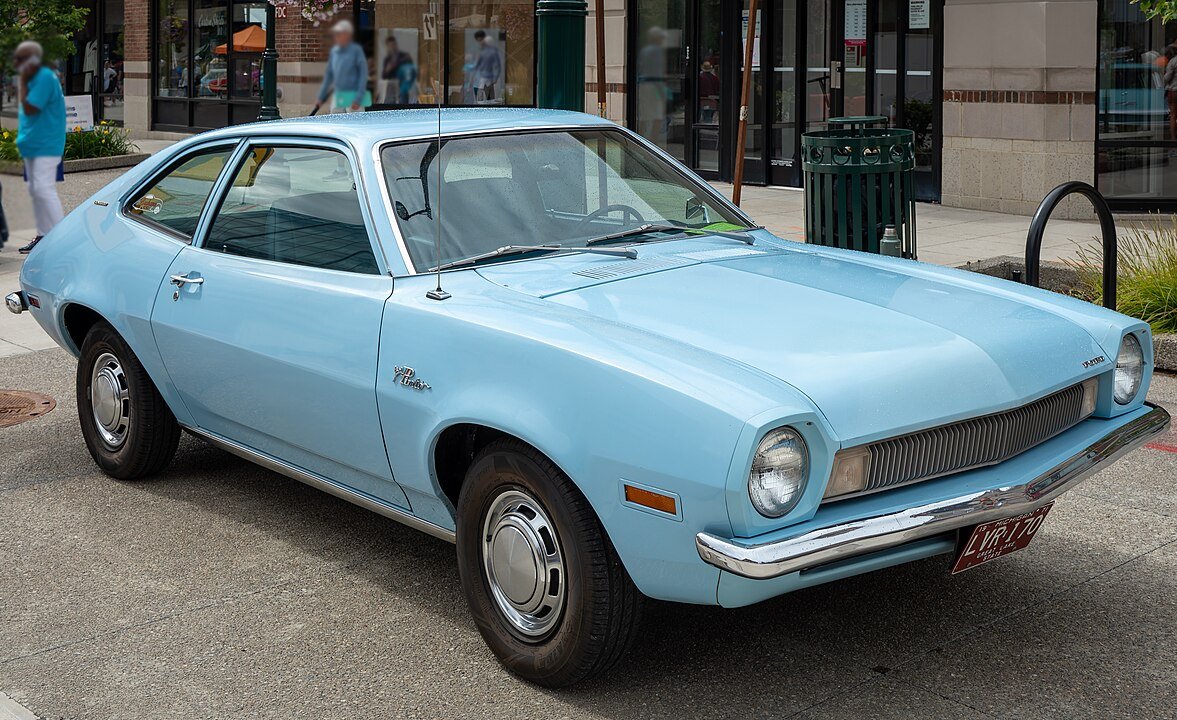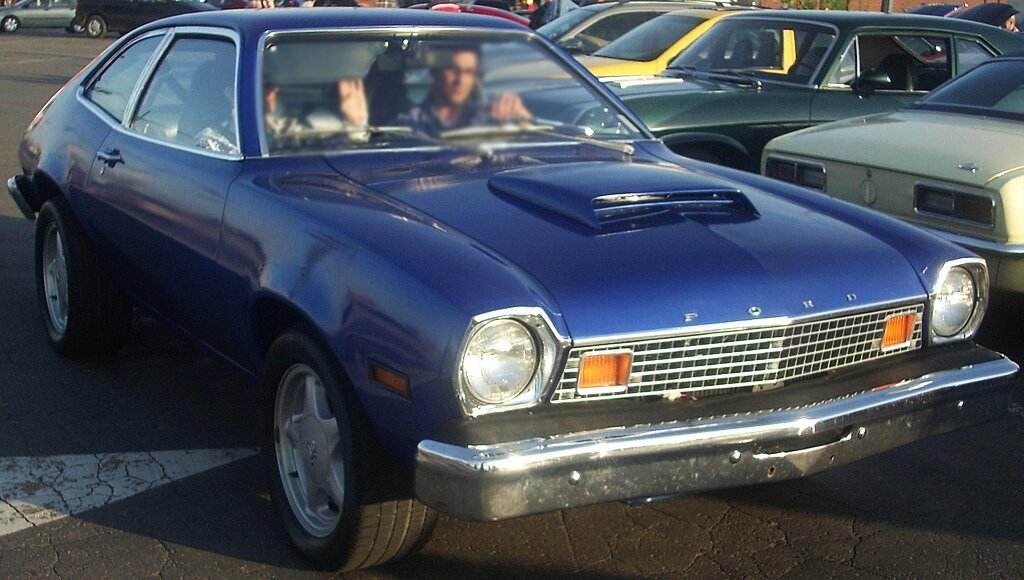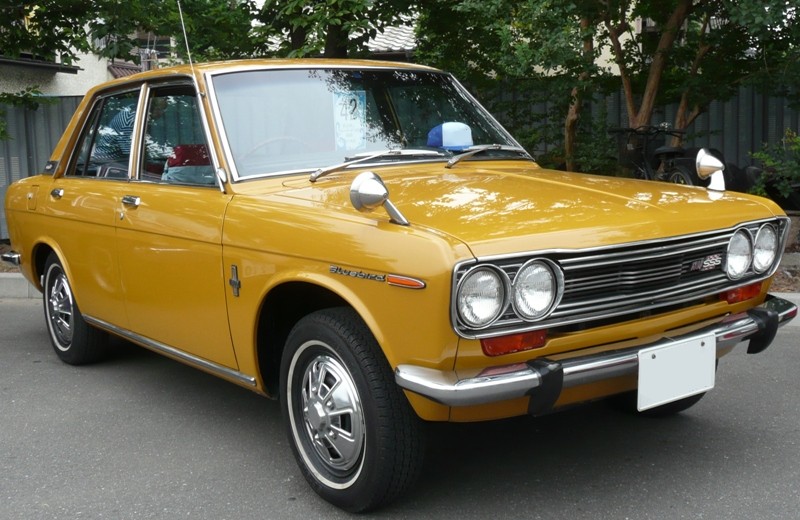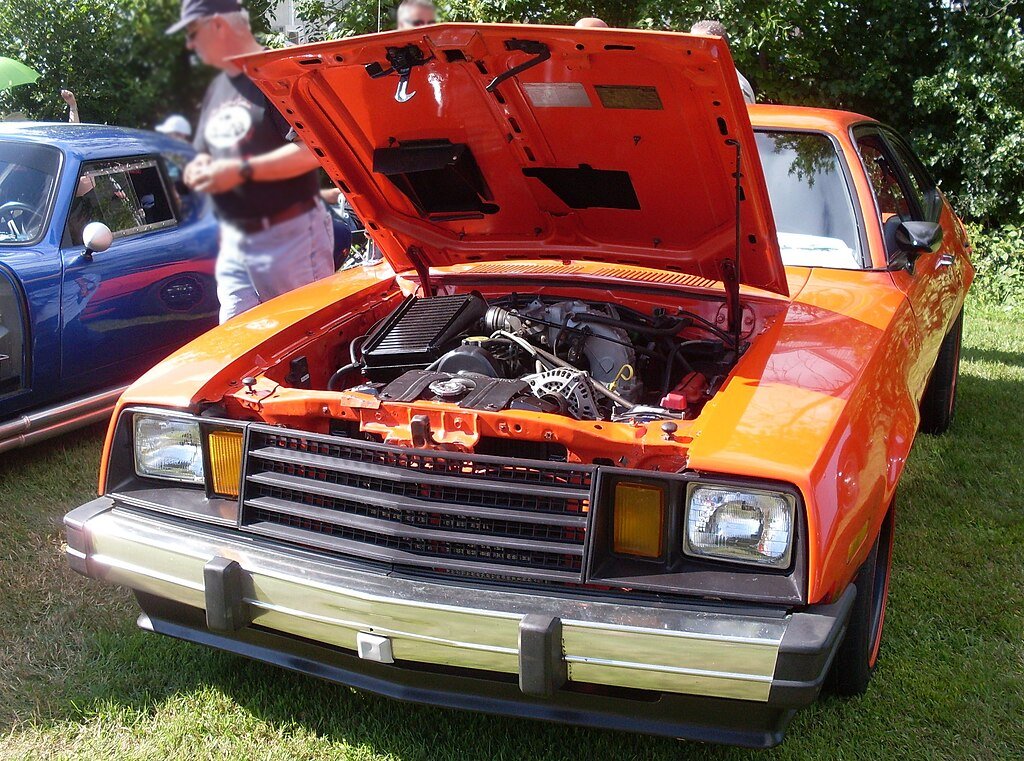A Hot Mess
The Ford Pinto was a subcompact car manufactured and marketed by Ford Motor Company in North America from 1970 to 1980. Over its decade-long production run, more than 3 million Pintos were built, surpassing the combined totals of its domestic rivals, the Chevrolet Vega and the AMC Gremlin. Yet despite its initial success in sales, the now-infamous Ford Pinto quickly became embroiled in controversy.
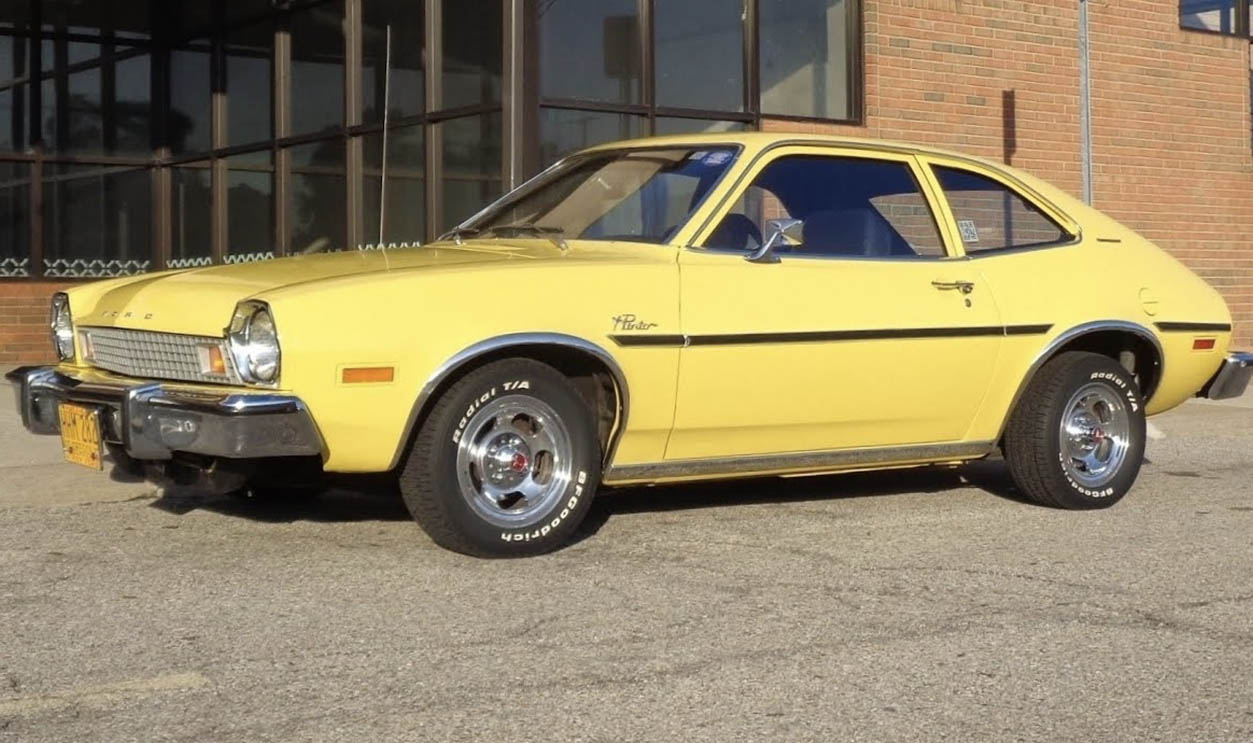
Overview Of The Ford Pinto
The Ford Pinto was available in three body styles during its production years: a two-door fastback sedan with a trunk, a three-door hatchback, and a two-door station wagon. Mercury introduced rebadged versions of the Pinto under the name Mercury Bobcat from 1975 to 1980. In Canada, the Mercury Bobcat was marketed from 1974 to 1980.
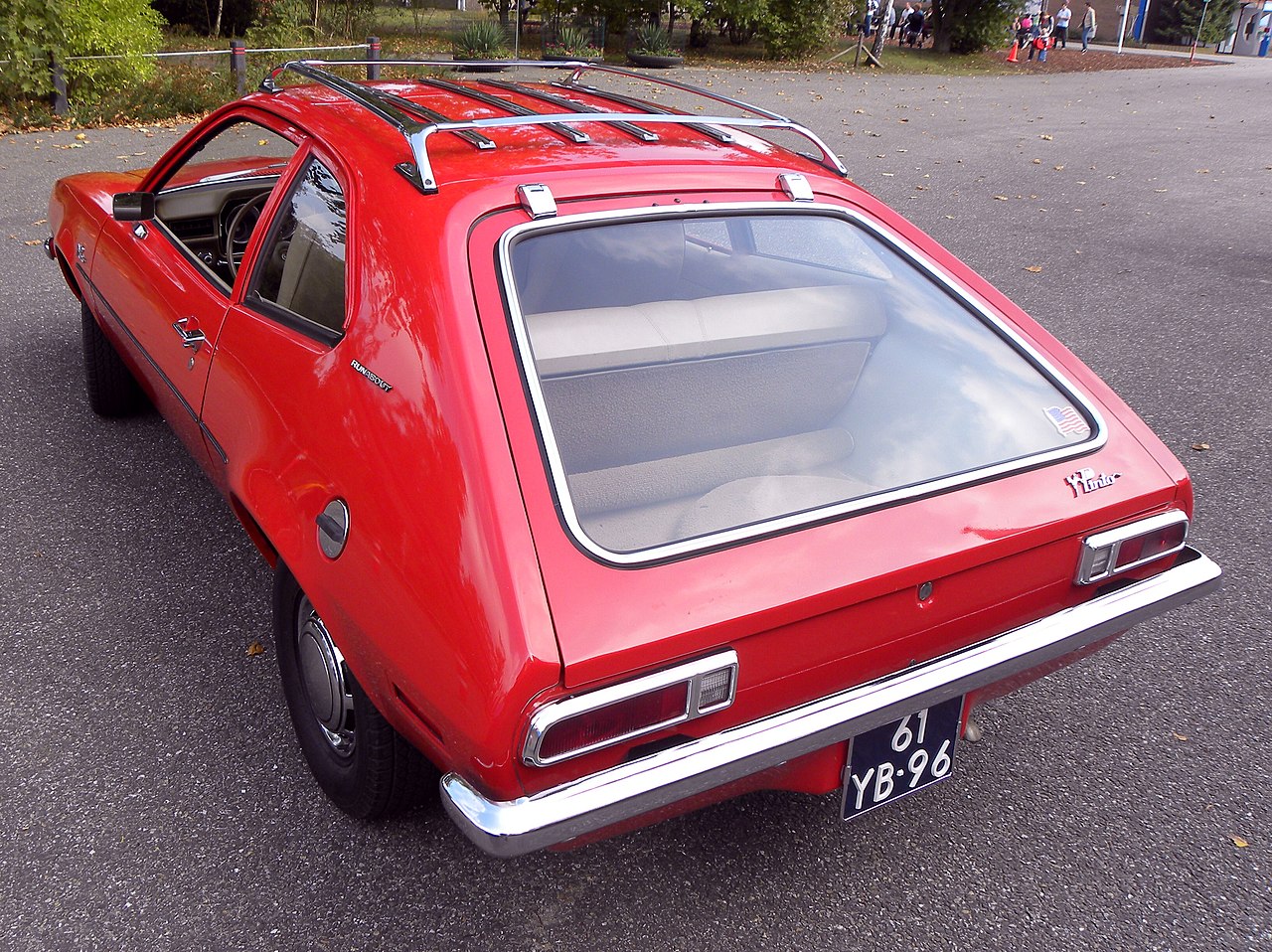 Joost J. Bakker, CC BY 2.0, Wikimedia Commons
Joost J. Bakker, CC BY 2.0, Wikimedia Commons
Production And Development
Ford President at the time, Lee Iacocca, aimed for a model that weighed under 2,000 pounds and could be priced at less than $2,000 USD ($16,617 in 2023). The Pinto’s development—from conception to delivery—took just 25 months, significantly faster than the industry average of 43 months at the time, making it the shortest production planning schedule in automotive history.
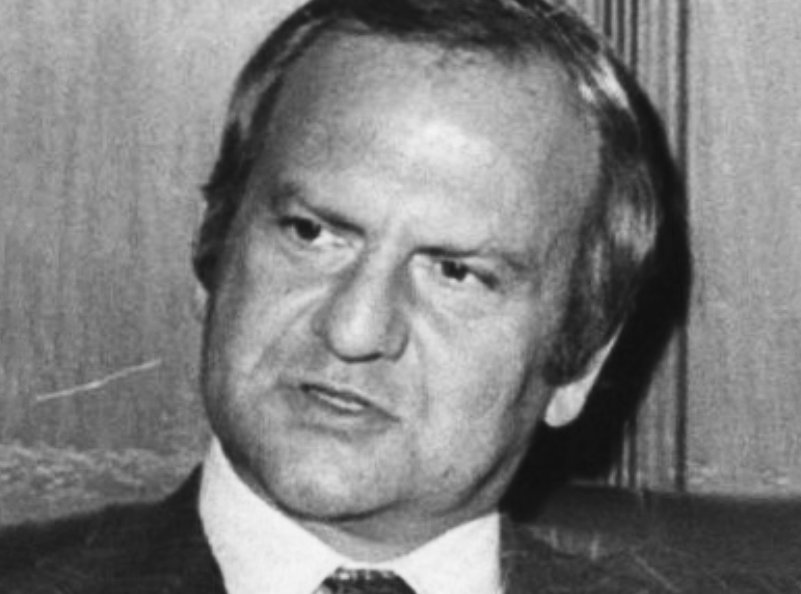 João Tavares, Wikimedia Commons
João Tavares, Wikimedia Commons
The 1970s Automotive Landscape
In the 1970s, the automotive landscape was shifting as fuel efficiency and affordability became key priorities. The introduction of the Honda Civic and Chevrolet Vega highlighted the competition in the subcompact car market, aiming to capture the growing demand for economical and smaller vehicles. The Ford Pinto entered this competitive scene as an attempt by Ford Motor Company to meet these new market demands.
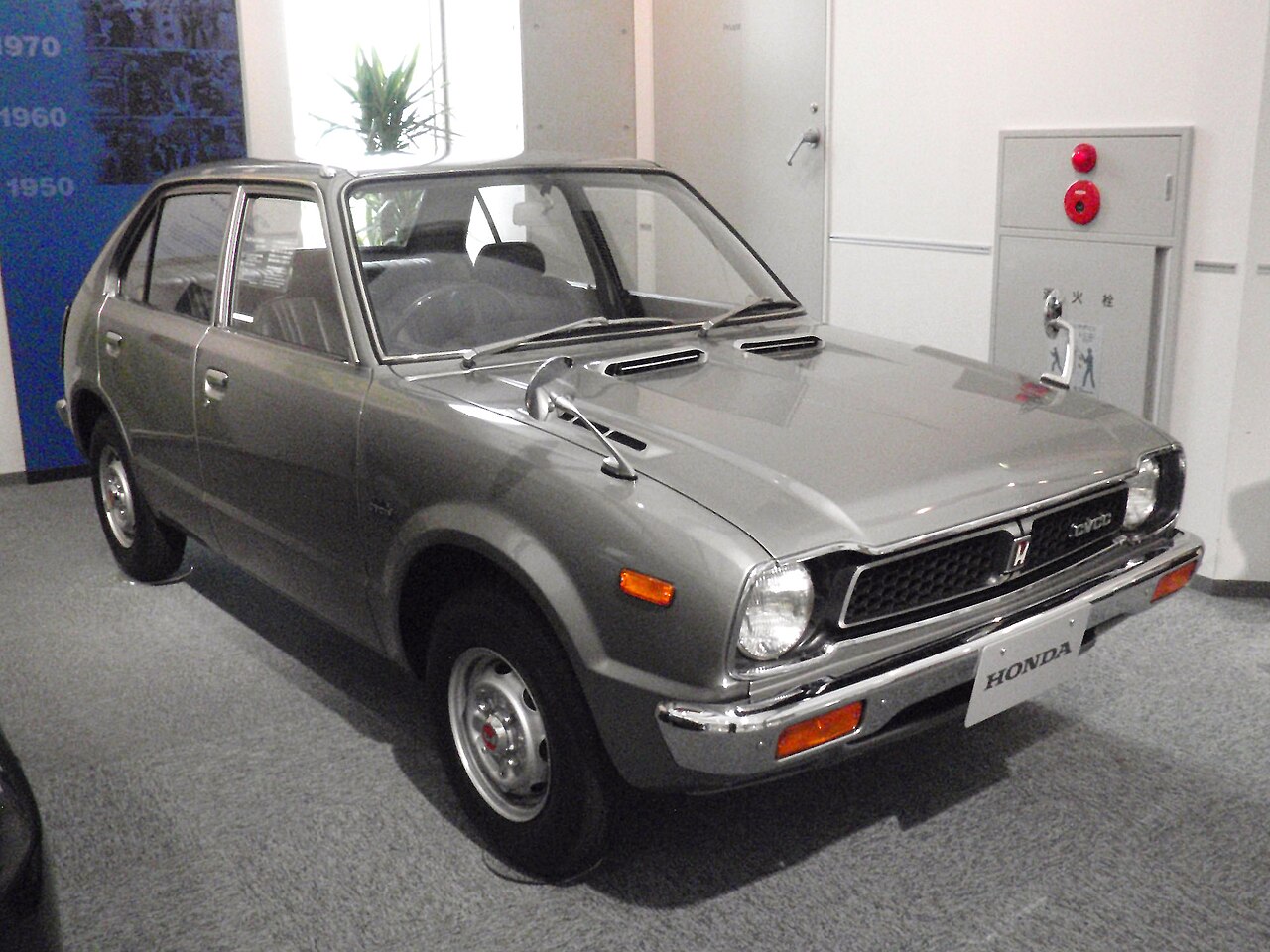 Kzaral[1], CC BY 2.0, Wikimedia Commons
Kzaral[1], CC BY 2.0, Wikimedia Commons
Comparison With Other Compact Cars At The Time
The AMC Gremlin, as well as the aforementioned Honda Civic, and Chevrolet Vega, were all subcompact cars introduced in the 1970s to address the growing demand for fuel-efficient, affordable vehicles. The Ford Pinto competed directly with these models, with Ford hoping its budget-friendly Pinto would reduce other car’s market shares. Each of these vehicles had their problems—but only the Pinto remains infamous.
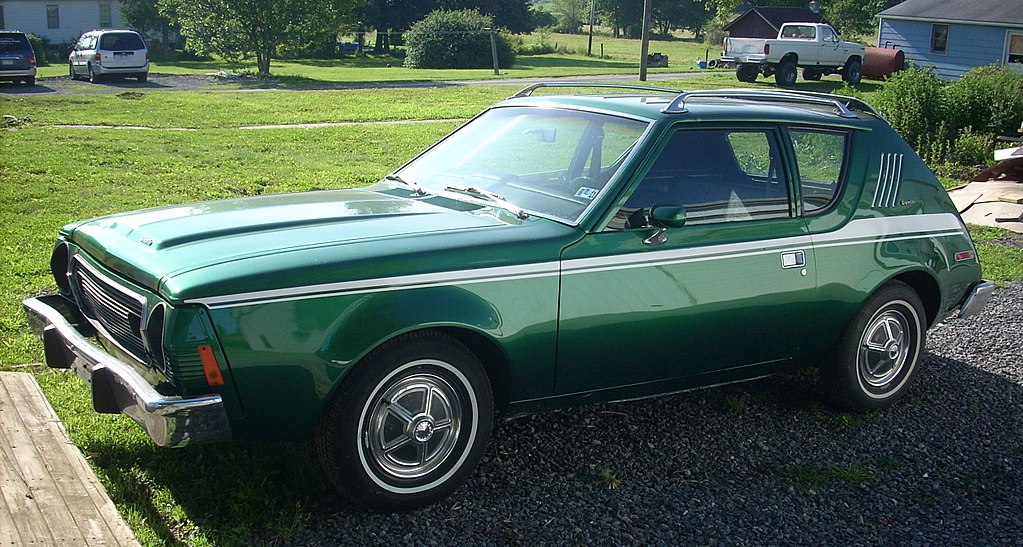 Gerry Dincher, CC BY-SA 2.0,Wikimedia Commons
Gerry Dincher, CC BY-SA 2.0,Wikimedia Commons
The Fatal Design Flaw
Since the 1970s, the Pinto's safety reputation has been a source of controversy due to its vulnerable fuel tank design, which led to deadly fires after rear-end collisions. The safety concerns and Ford's response to them have become key case studies in business ethics and tort reform.
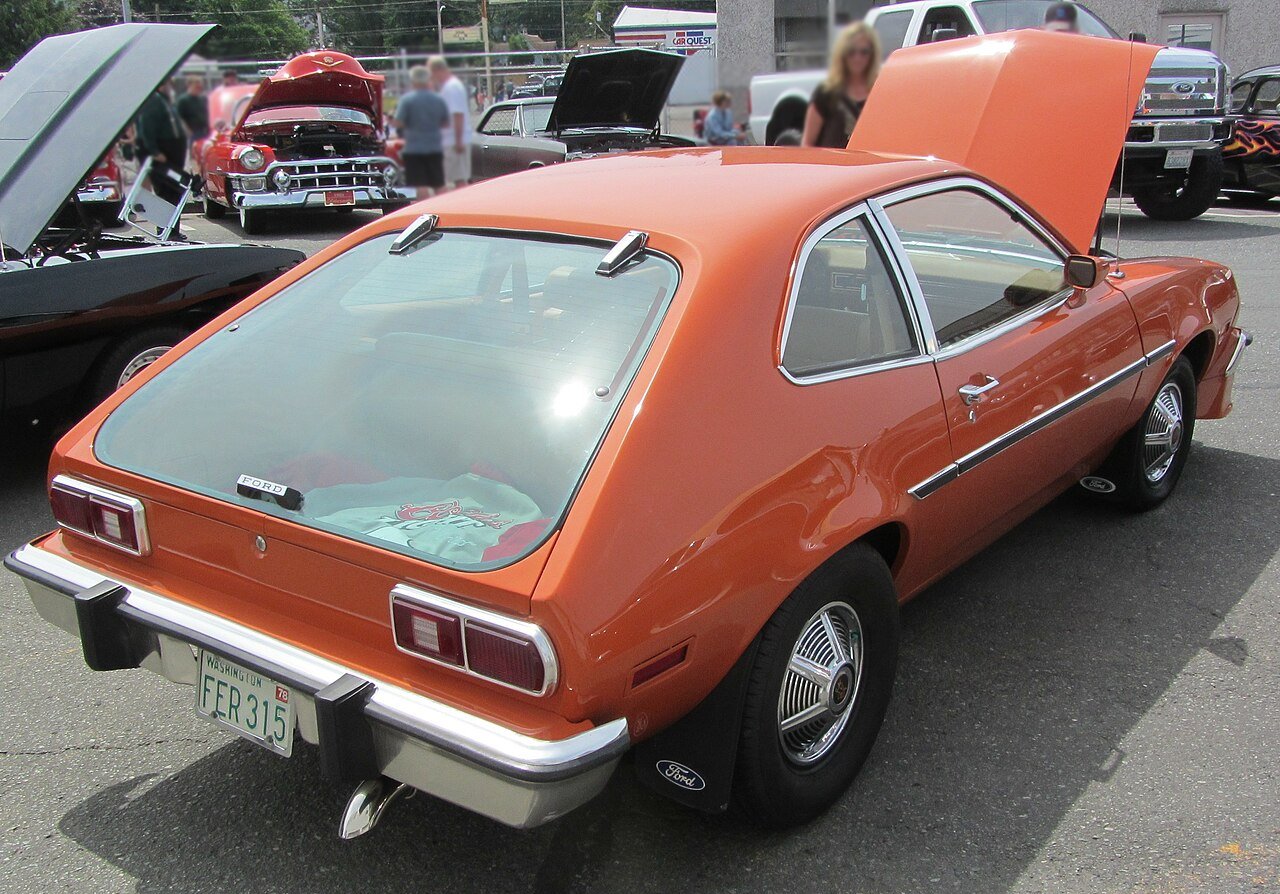 JOHN LLOYD, CC BY 2.0, Wikimedia Commons
JOHN LLOYD, CC BY 2.0, Wikimedia Commons
Details Of The Vulnerable Fuel Tank Design
The Pinto's tendency to experience fuel leaks and fires in rear-end collisions was heightened by its reduced rear crush zone, insufficient structural support in the back, and a rear bumper that was essentially decorative—a feature that was similar to designs from other automakers of the era.
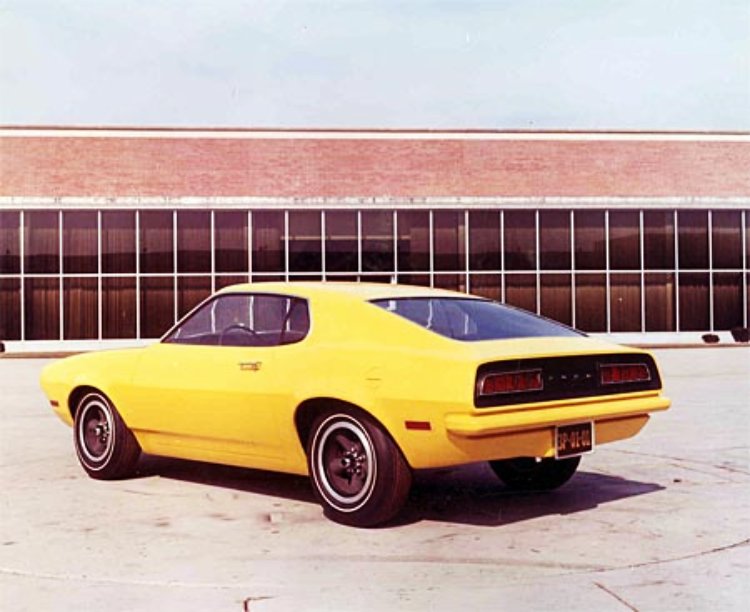 JOHN LLOYD, CC BY 2.0, Wikimedia Commons
JOHN LLOYD, CC BY 2.0, Wikimedia Commons
What Is A Crush Zone
A crush zone, for context, is a structural safety feature designed to extend the duration of velocity change during a collision. This is done by allowing controlled deformation, which helps reduce the force of impact, thereby improving safety by managing momentum transfer more effectively.
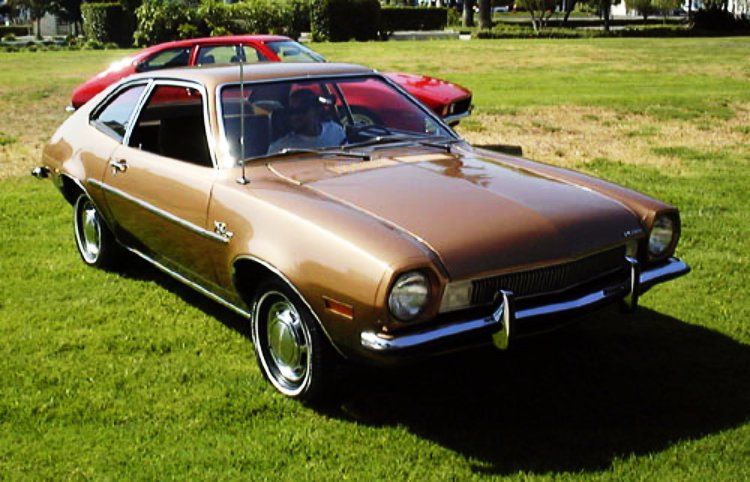 User Morven, CC BY-SA 3.0, Wikimedia Commons
User Morven, CC BY-SA 3.0, Wikimedia Commons
What Does This Mean?
Essentially, any rear-end collision would have the potential to directly strike the fuel tank due to a lack of material and strength between the bumper and the fuel tank. Sparks or heat from said collision would then have the potential for the fuel to combust.
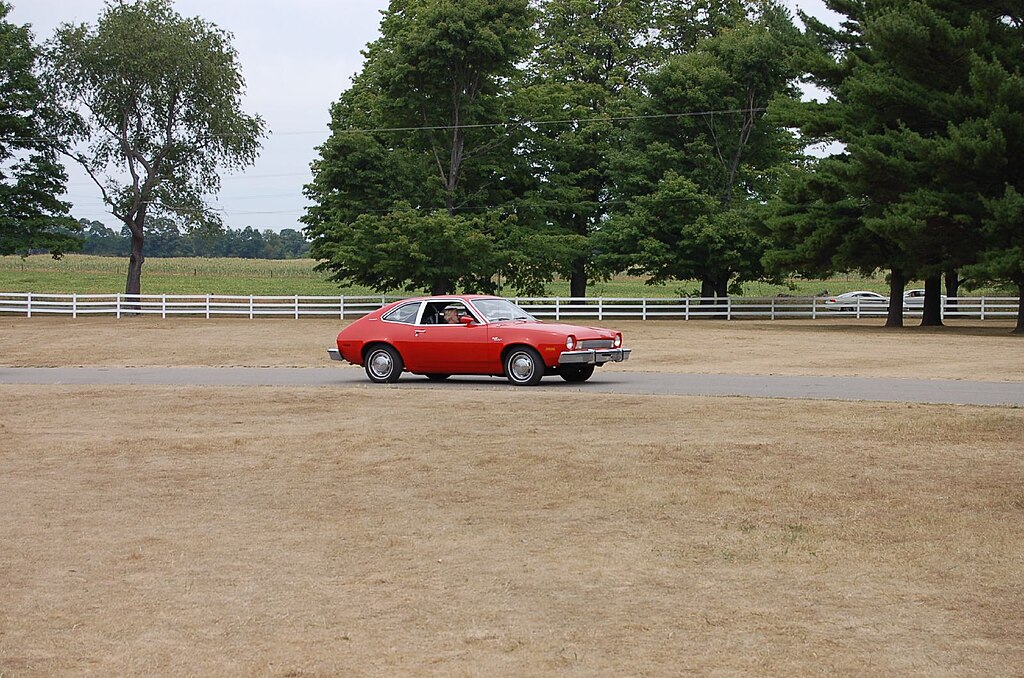 Joe Ross, CC BY-SA 2.0, Wikimedia Commons
Joe Ross, CC BY-SA 2.0, Wikimedia Commons
The Pinto Memo
In 1973, Ford's Environmental and Safety Engineering division developed a cost-benefit analysis titled the "Pinto Memo". It was created in response to field reports of Pintos catching fire after low-speed rear-end collisions and was submitted to the NHTSA in support of Ford's opposition to proposed stronger fuel system regulations.
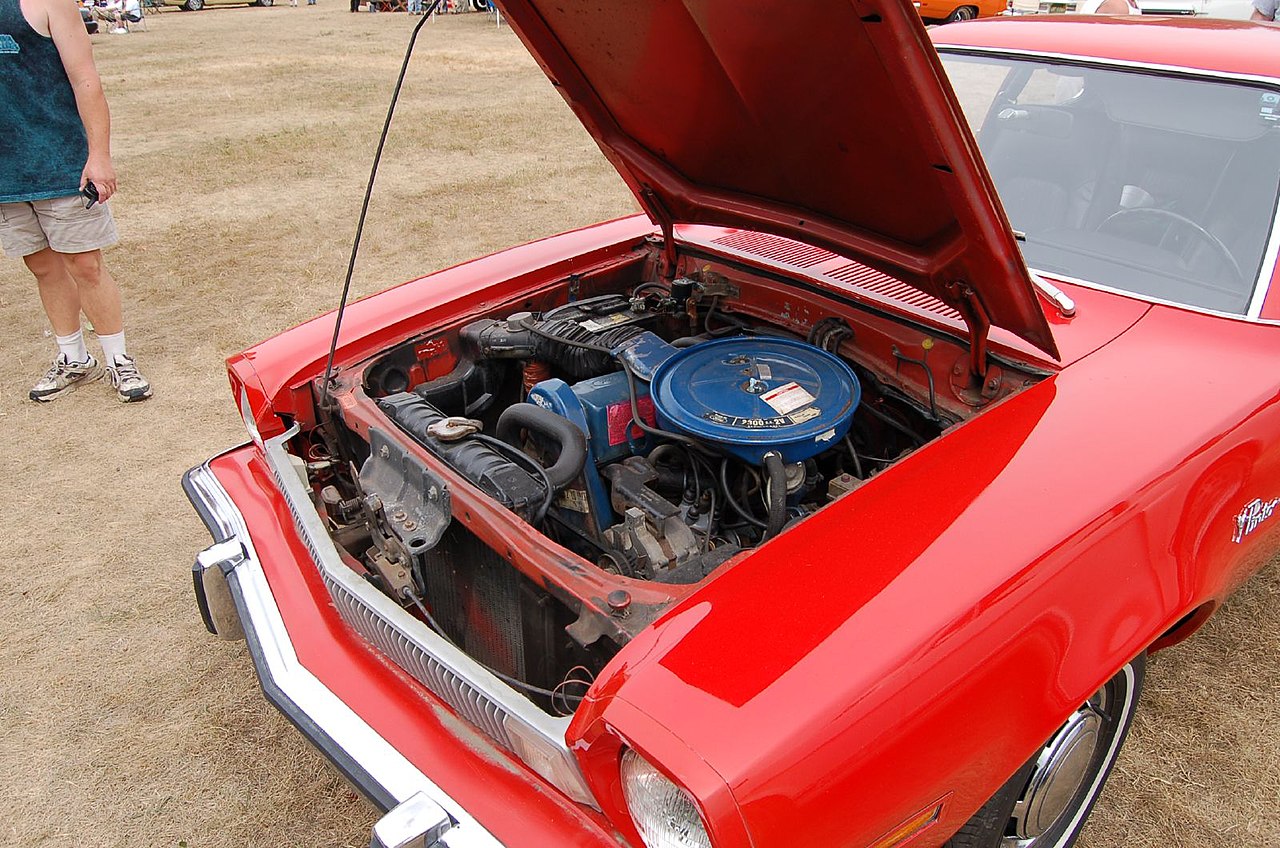 Joe Ross, CC BY-SA 2.0, Wikimedia Commons
Joe Ross, CC BY-SA 2.0, Wikimedia Commons
Ford’s Internal Cost/Benefit Analysis
In the memo, Ford estimated that implementing fuel system modifications to reduce fire risks in rollover events would cost $11 per vehicle, totaling $137 million across 12.5 million automobiles. These changes were expected to prevent 180 burn deaths and 180 serious injuries each year, providing a societal benefit of $49.5 million. Time magazine referred to the memo as one of the automotive industry's "most notorious paper trails".
Recalls
Although Ford could have gone ahead with a formal recall hearing, fearing further damage to its public reputation, the company opted for a "voluntary recall" program. On June 9, 1978, just days before the NHTSA was set to issue a formal recall order, Ford recalled 1.5 million Pintos (including its luxury mark the “Mercury Bobcat”)—the largest recall in automotive history at the time.
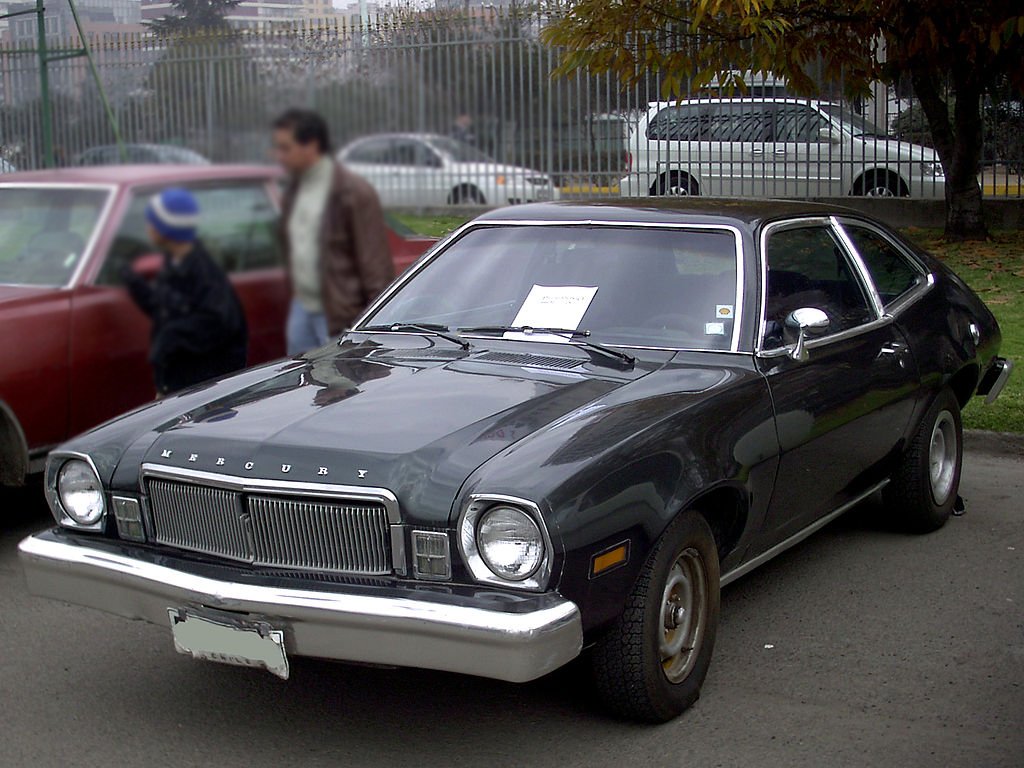 order_242, CC BY-SA 2.0, Wikimedia Commons
order_242, CC BY-SA 2.0, Wikimedia Commons
The Legal Implications
Around 117 lawsuits were filed against Ford in connection with rear-end accidents involving the Pinto. The most notable cases included Grimshaw v Ford Motor Company and State of Indiana v Ford Motor Company.
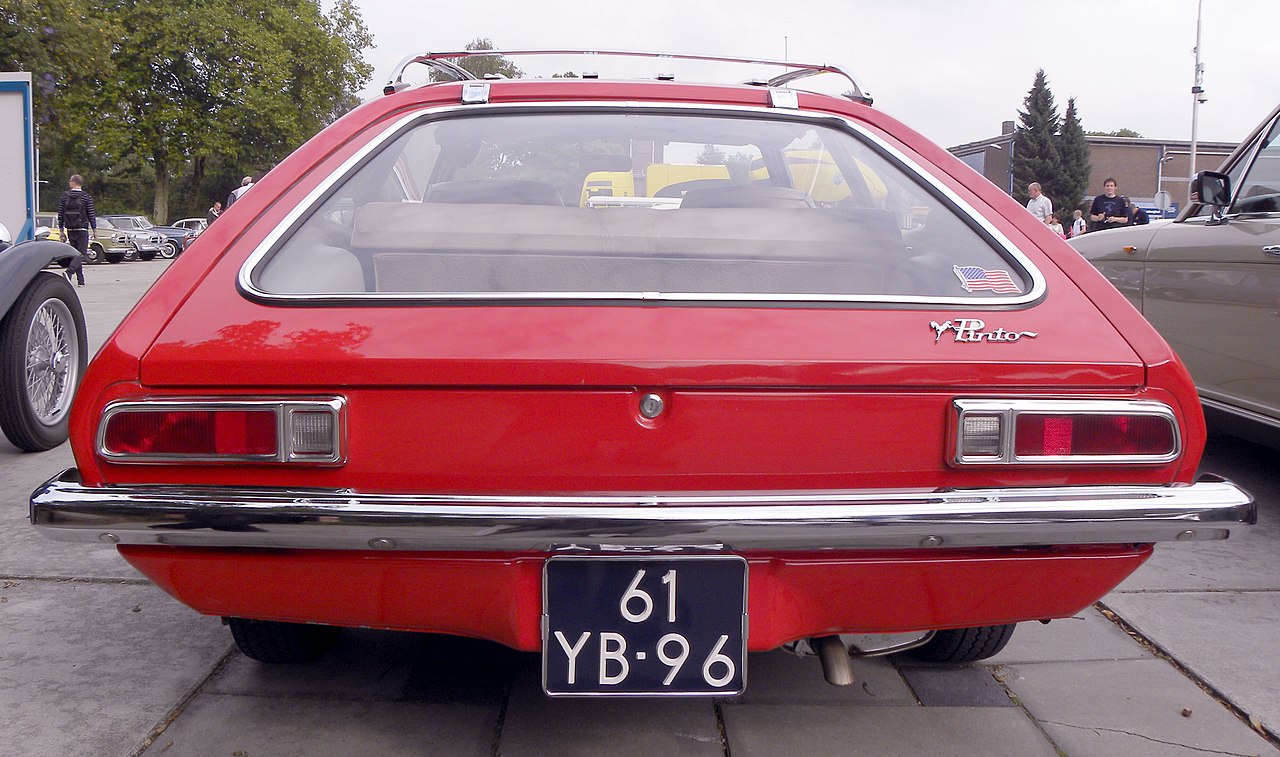 Joost J. Bakker, CC BY 2.0, Wikimedia Commons
Joost J. Bakker, CC BY 2.0, Wikimedia Commons
Grimshaw V Ford Motor Company
In 1972, a Pinto driven by Lily Gray stalled in the center lane of a California freeway. It was struck from behind by a vehicle initially traveling at 50 mph, impacting at an estimated speed between 30 and 50 mph, which caused a fuel tank fire. Gray did not make it and her 13-year-old passenger, Richard Grimshaw, was severely burned.
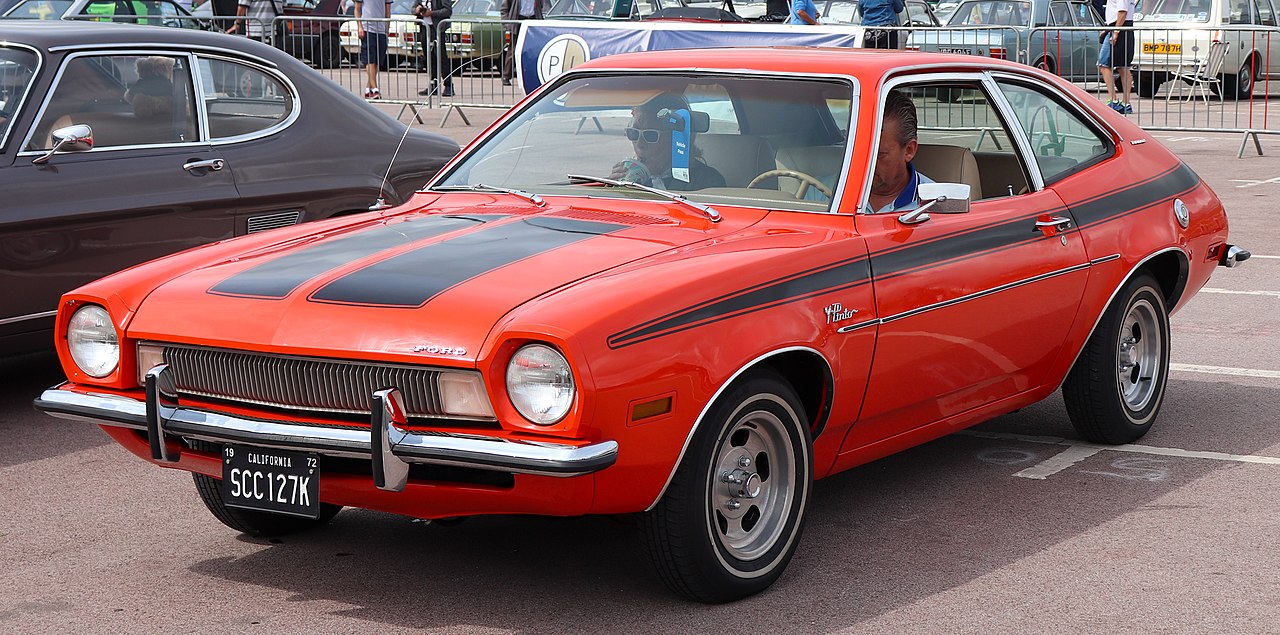 Vauxford, CC BY-SA 4.0, Wikimedia Commons
Vauxford, CC BY-SA 4.0, Wikimedia Commons
The Crash
The plaintiff's expert explained that during impact, the Pinto's gas tank was pushed forward and punctured by a bolt on the differential housing. Fuel sprayed from the tank and seeped into the passenger compartment through the gaps between the rear wheel wells and the floor. When the fuel ignited, Richard Grimshaw suffered severe, permanently disfiguring burns to his entire body.
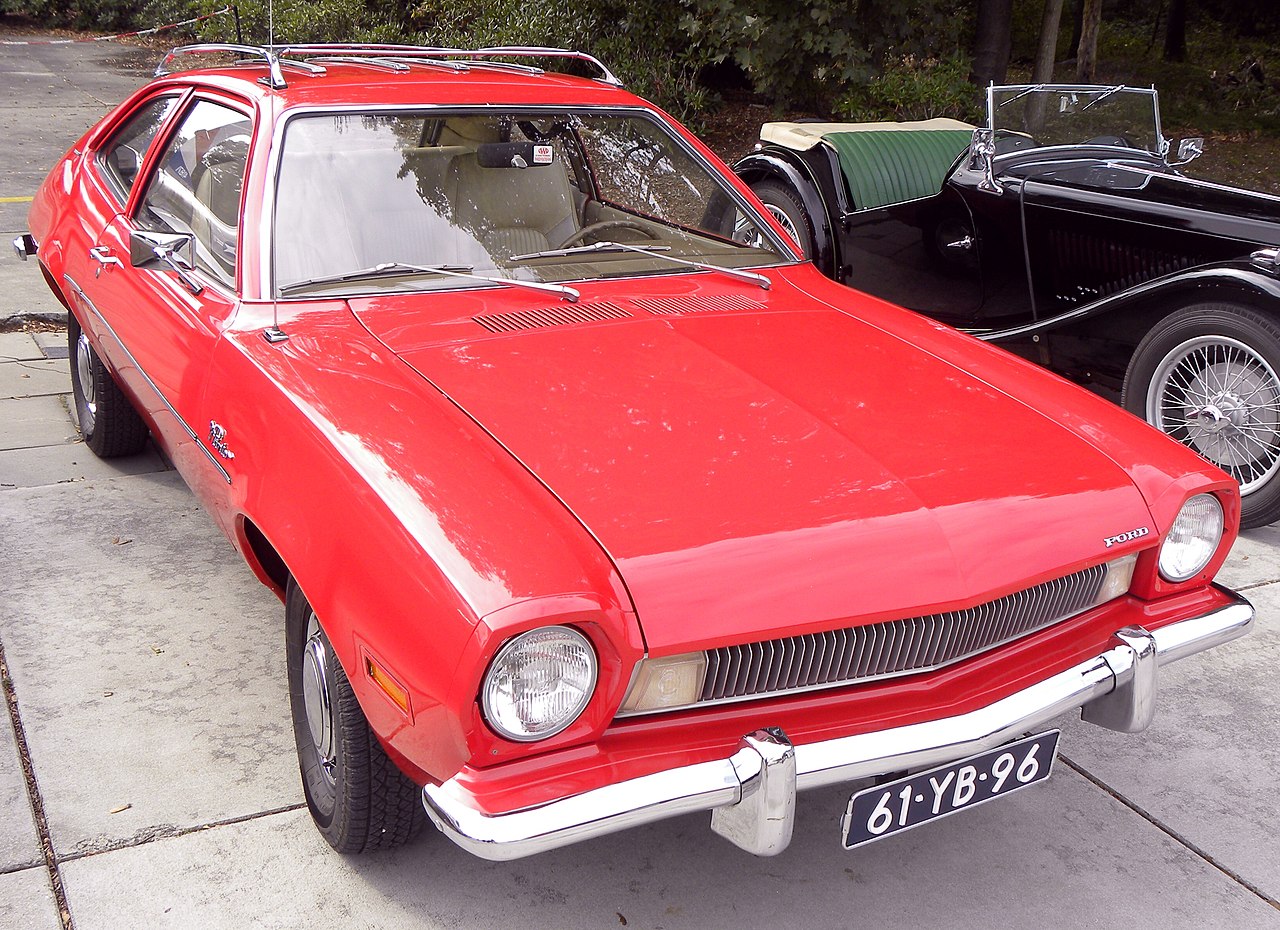 Joost J. Bakker, CC BY 2.0, Wikimedia Commons
Joost J. Bakker, CC BY 2.0, Wikimedia Commons
Trial Details Of Grimshaw V Ford Motor Company
The plaintiff's lawyer worked with The Center for Auto Safety to release damaging information about Ford before the trial, setting up the narrative. The courts went further and described the Pinto as a "rush project," noting that, unlike standard automotive industry practice, styling came first and dictated the engineering design to a greater extent than usual.
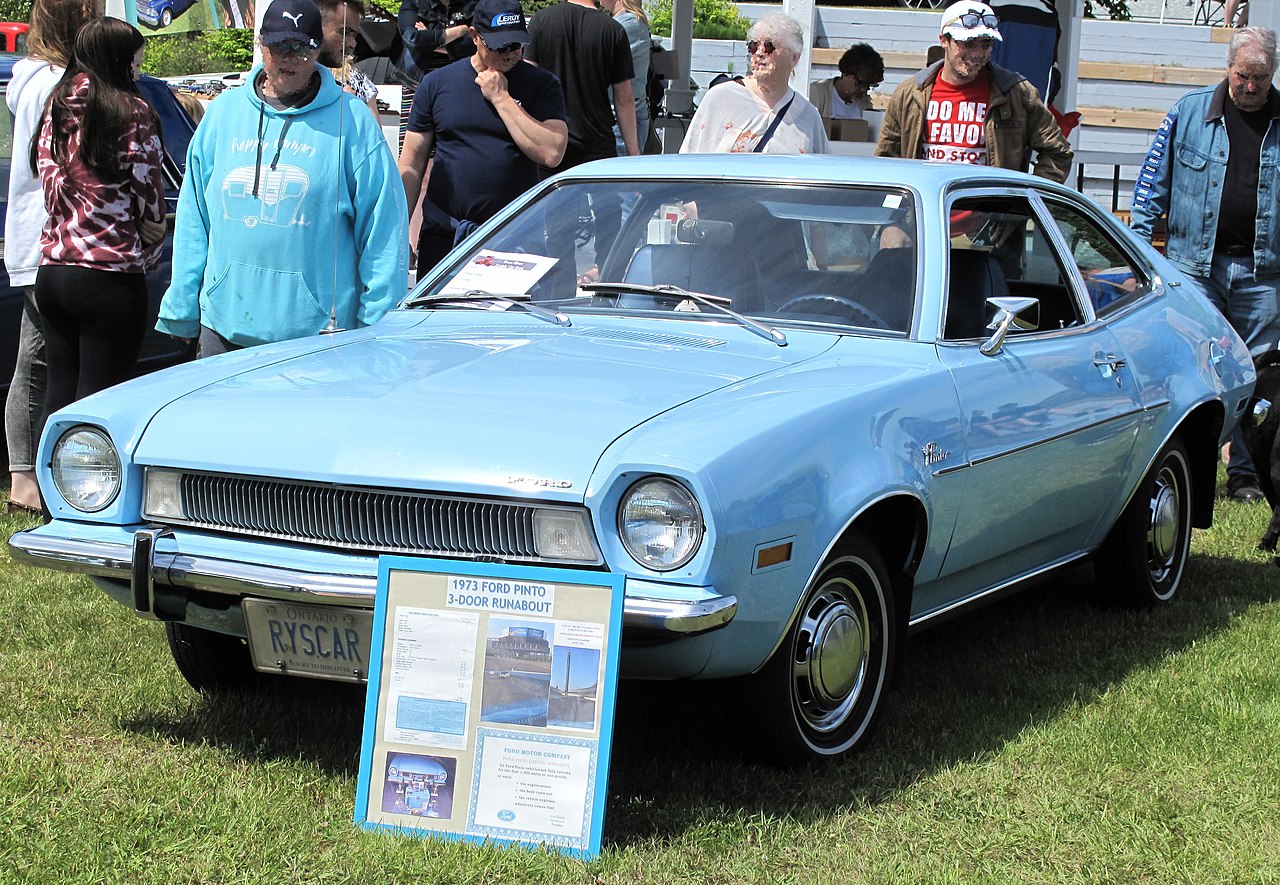 Elise240SX, CC BY-SA 4.0, Wikimedia Commons
Elise240SX, CC BY-SA 4.0, Wikimedia Commons
Financial Impact On Ford
The jury awarded $127.8 million in damages and $125 million in punitive damages. Additionally, they awarded $2.8 million in compensatory damages to Grimshaw, and $665,000 in compensatory damages to the Gray family. This was the largest jury award ever in US product liability and personal injury cases against an automaker, until it was surpassed by a similar trial in 1996 versus General Motors.
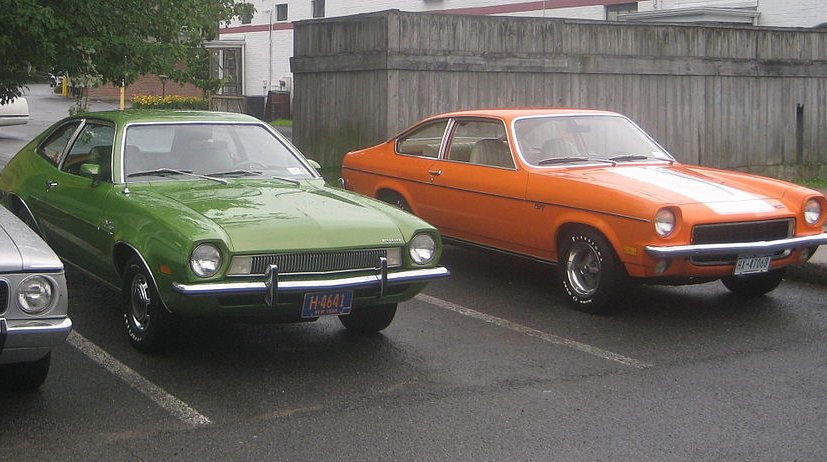 Robert Spinello / Vegavairbob, CC BY-SA 3.0, Wikimedia Commons
Robert Spinello / Vegavairbob, CC BY-SA 3.0, Wikimedia Commons
Reputational Impact On Ford
Reaction to the Grimshaw case was mixed. The case is often cited as an example of the disconnect between corporate risk analysis and juries’ reactions, which tend to be offended by such analyses. Ford was considered to be callous in its seemingly conscious disregard for public safety despite knowing the defects—all in order to maximize profit margins.
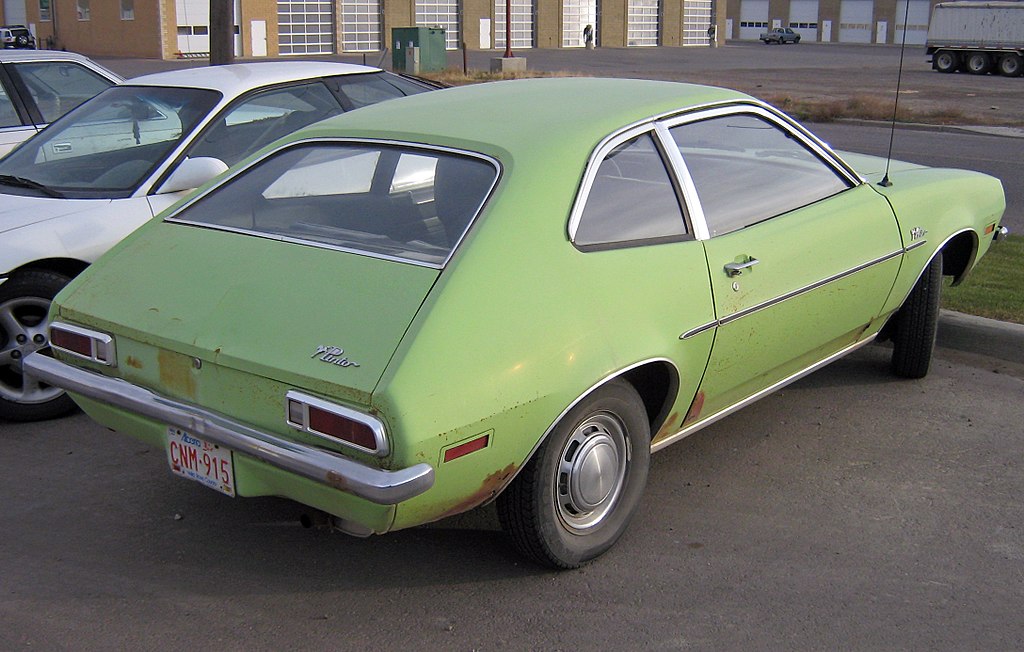 dave_7, CC BY-SA 2.0, Wikimedia Commons
dave_7, CC BY-SA 2.0, Wikimedia Commons
The Aftermath And Ford’s Response
Ford contested the court's judgment, arguing there were errors in the proceedings, and challenged the punitive damages award on the grounds of lacking evidence of malice. This was denied due to management being aware of the defects in the first place. Ford then continued to settle related cases outside of court.
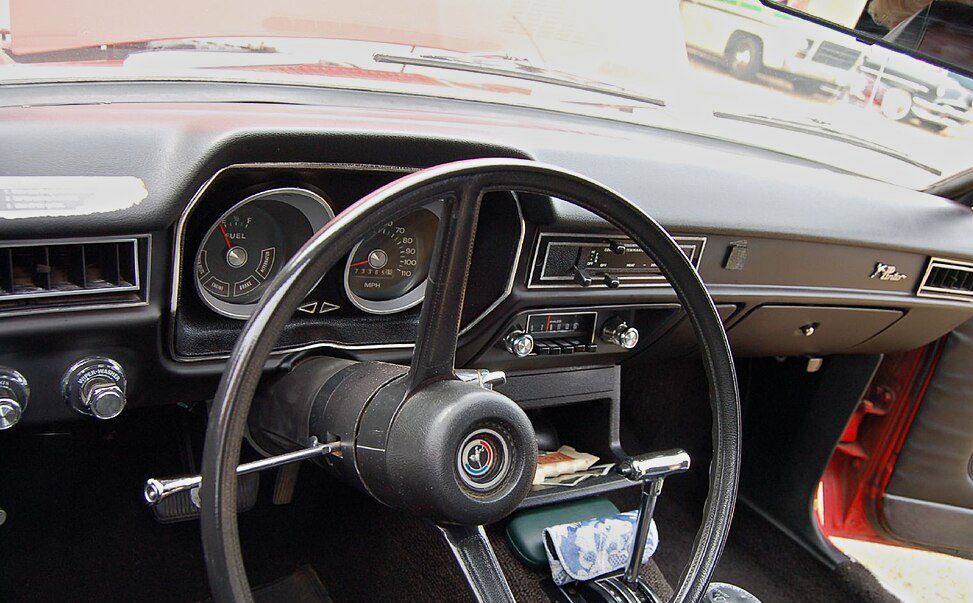 Joe Ross, CC BY-SA 2.0, Wikimedia Commons
Joe Ross, CC BY-SA 2.0, Wikimedia Commons
Indiana V Ford Motor Company
In 1978, three teenage girls were killed when the 1973 Pinto they were in was involved in a rear-end collision. Indiana v Ford was a landmark case in product liability law as it marked the first time a corporation faced illicit charges for a defective product, and the first time a corporation was charged with a felony offense.
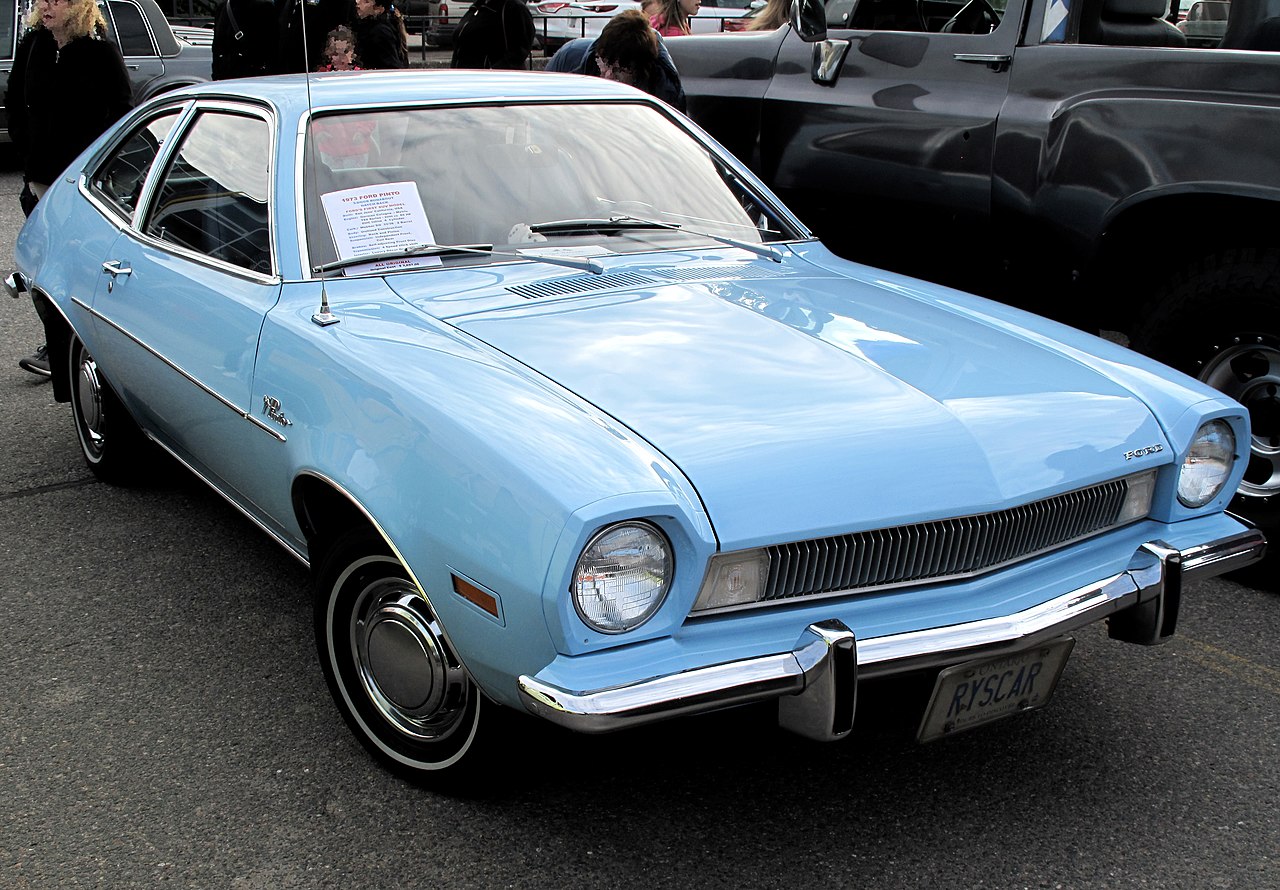 Elise240SX, CC BY-SA 4.0, Wikimedia Commons
Elise240SX, CC BY-SA 4.0, Wikimedia Commons
Arguments And Ford’s Defense
Ford’s defense strategy focused on arguing that the case was improperly placed, better off being a civil suit. They also argued that the Pinto was no more dangerous than other American subcompacts of the late 1970s. Ford’s stance hinged on the idea that its vehicle’s safety was comparable to its competitors, appealing to the fallacy “tu quoque”—essentially, “They’re doing it, so why can’t we?”
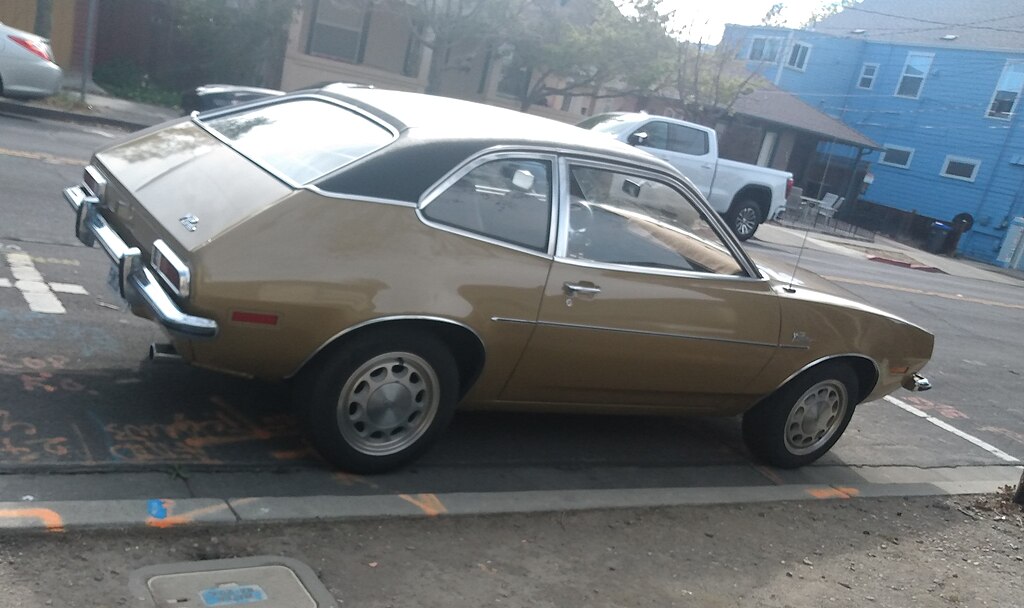 DestinationFearFan, CC BY-SA 4.0, Wikimedia Commons
DestinationFearFan, CC BY-SA 4.0, Wikimedia Commons
Court Climate
Ford spared no expense. It hired one of the nation’s top lawyers with a budget of $1,000,000 and support staff numbering 80 other professionals. Whereas county prosecutors had a budget of a mere $20,000 and a support staff of volunteers.
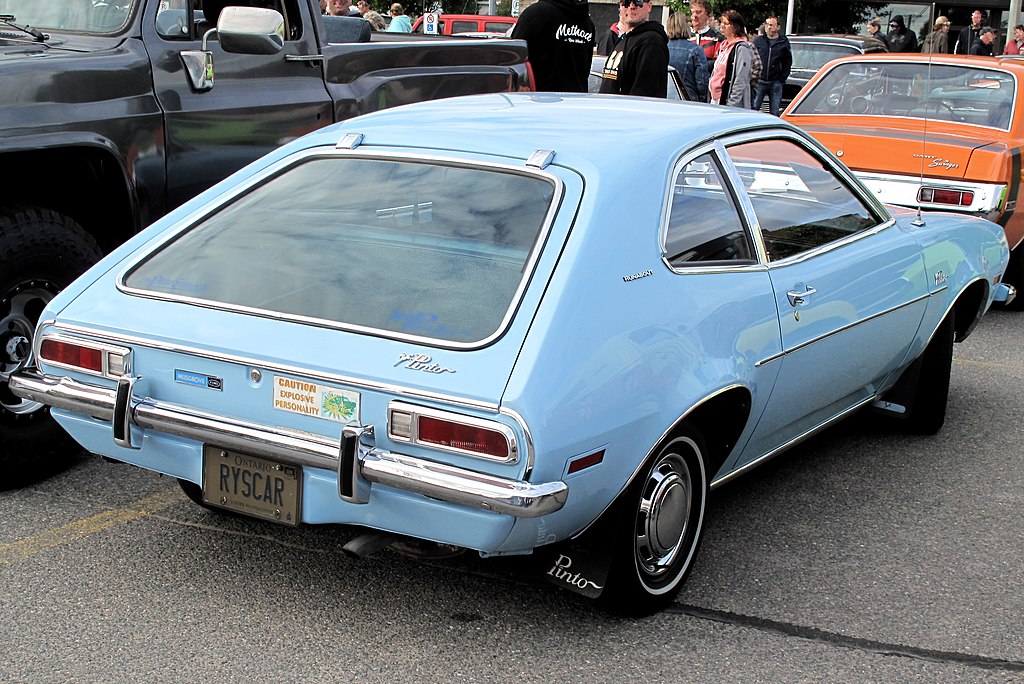 Elise240SX, CC BY-SA 4.0, Wikimedia Commons
Elise240SX, CC BY-SA 4.0, Wikimedia Commons
Outcome Of The Case And Its Consequences
The verdict was unsurprising—prosecutors faced an uphill battle from the start. Ford was found not guilty, a decision celebrated by its executives, legal team, and shareholders. In 1980, the company agreed to a settlement of $7,500 (just under $30,000 in today’s money) for each of the Ulrich girls, a modest amount likely accepted by a grieving family eager to move forward.
Public Reaction To The Case
In Elkhart County, Indiana (where the accident occurred), some residents didn’t view the community as a victim since the accident victims were from outside the area, and many blamed the dangerous road where the crash occurred. Public perception of the Pinto case was also shaped by an article that incorrectly claimed 500 to 900 deaths were linked to Pinto fires. This exaggerated figure fueled much of the outcry against Ford.
 Derek Jensen (Tysto), Wikimedia Commons
Derek Jensen (Tysto), Wikimedia Commons
Media Response
The case was moved to Winamac, Indiana, in April 1979, bringing lawyers and media to the small town of 2,400 residents. Motels within 30 miles were fully booked, but not all locals welcomed the trial.
 Chris Light, CC BY-SA 3.0, Wikimedia Commons
Chris Light, CC BY-SA 3.0, Wikimedia Commons
Long-term Effects Of The Trials
The 1980 trial of State of Indiana v Ford Motor Company left a lasting mark on corporate liability and public perceptions of corporate misconduct. The case drew significant public attention, sparking greater scrutiny of how companies address safety and ethical responsibilities.
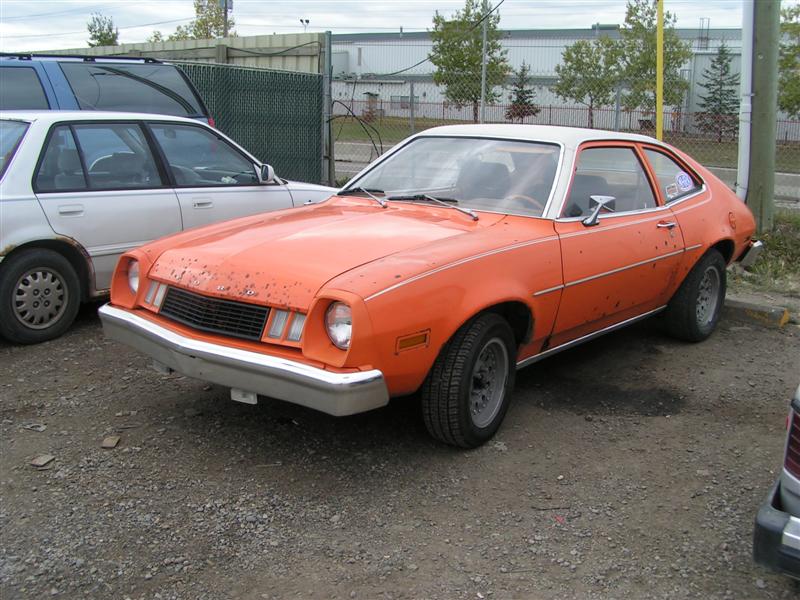 dave_7, CC BY-SA 2.0, Wikimedia Commons
dave_7, CC BY-SA 2.0, Wikimedia Commons
Impact On Ford’s Brand Reputation
Public perception of Ford plummeted as the Pinto became a symbol of corporate greed and indifference to human life. Though the Pinto was discontinued in 1980, its legacy endured, driving changes in automotive safety standards and corporate liability laws. The controversy became a staple case study in business ethics, serving as a cautionary tale of the dangers of prioritizing profits over people.
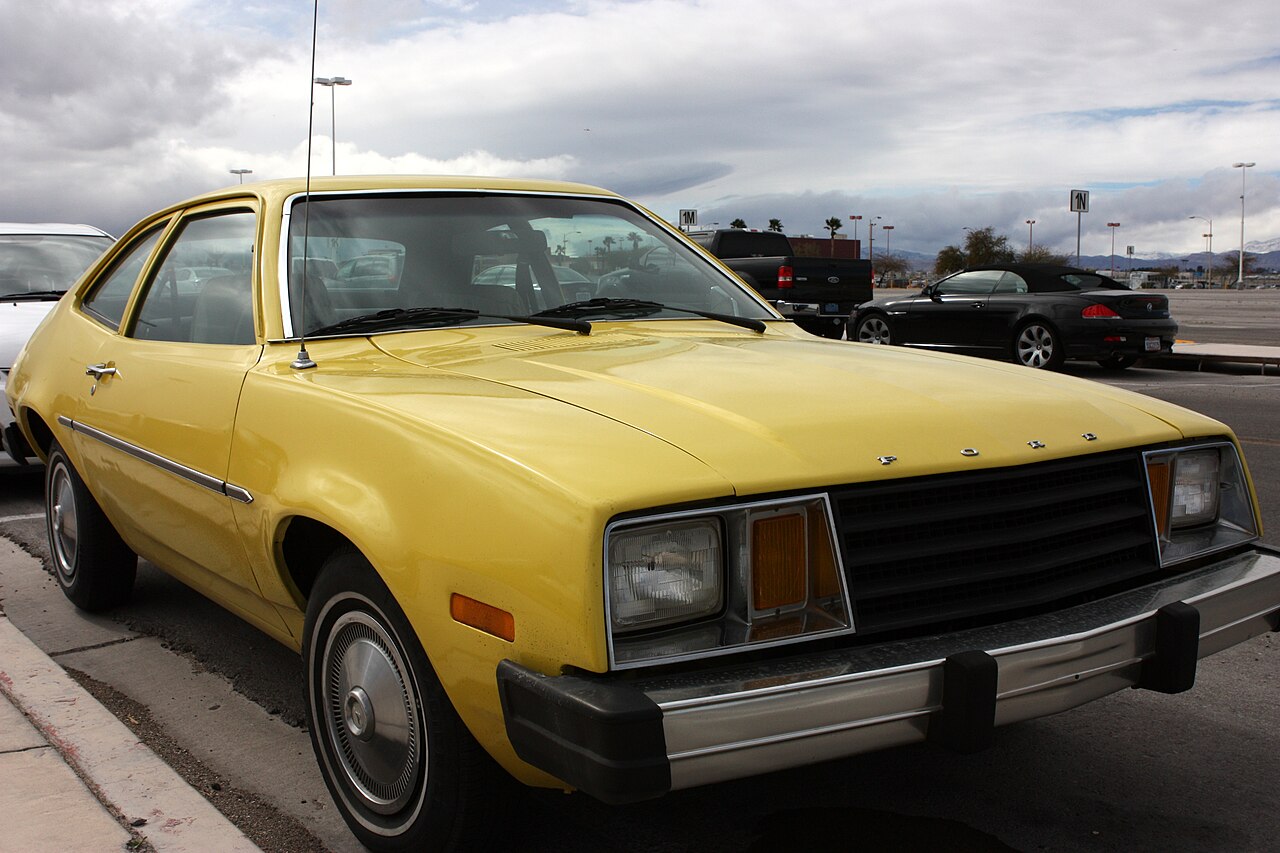 Michael Dorausch, CC BY-SA 2.0, Wikimedia Commons
Michael Dorausch, CC BY-SA 2.0, Wikimedia Commons
Corporate Strategy Changes By Ford
Ford Motor Company revised the Pinto’s fuel tank design and issued a recall for 1.9 million vehicles. The company also undertook broader corporate reforms, including cutting unprofitable brands, holding weekly executive meetings, and promoting collaboration among managers. Ford sought to unify its regional divisions into a single global entity and emphasized making top-quality products, even if it meant higher costs.
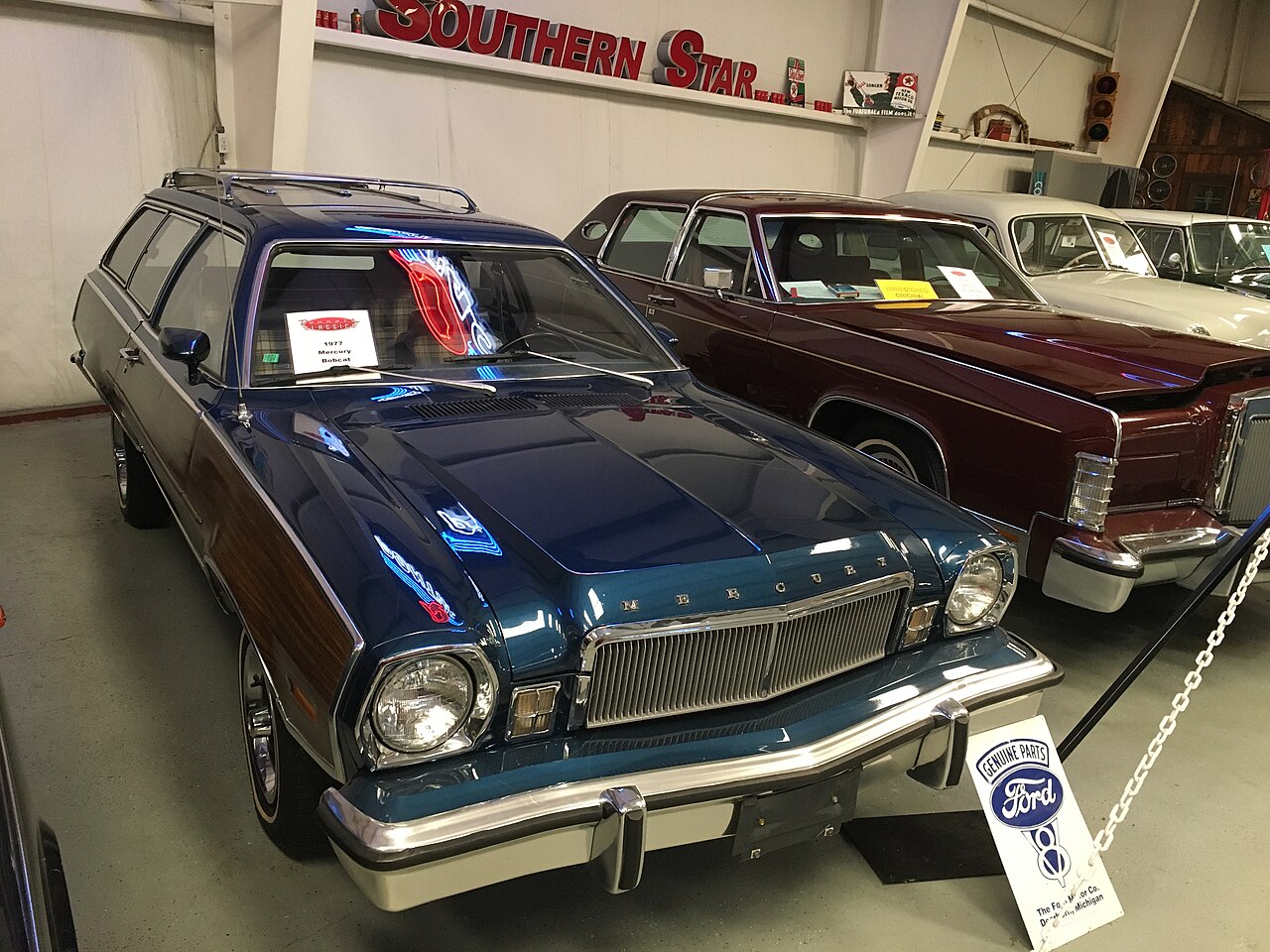 Wagon Master Johnson, CC BY-SA 4.0, Wikimedia Commons
Wagon Master Johnson, CC BY-SA 4.0, Wikimedia Commons
The Pinto’s Lasting Impression On The Industry
The Pinto's design flaws, and the resulting public outcry, spurred major advancements in automotive safety standards. The case shifted industry attitudes, proving that prioritizing safety was not only ethical but also essential for consumer trust.
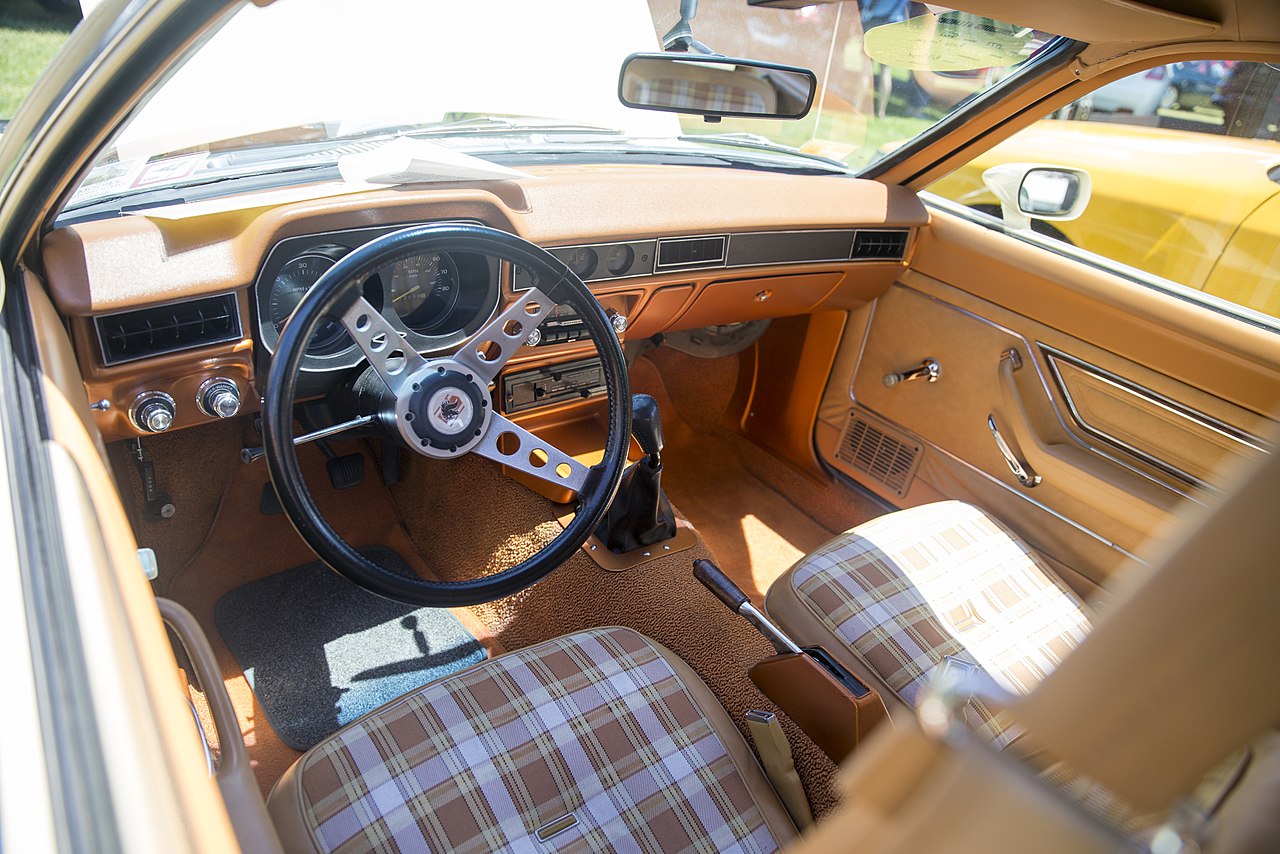 Mr.choppers, CC BY-SA 3.0, Wikimedia Commons
Mr.choppers, CC BY-SA 3.0, Wikimedia Commons
How Bad Was It Really?
From 1975 to 1976, Pintos made up 1.9% of all vehicles on the road and accounted for 1.9% of fatal accidents involving fires, indicating they performed average for all cars and slightly above average within their class. When considering all fatality types, the Pinto’s safety record was comparable to competitors like the AMC Gremlin, Chevrolet Vega, and Datsun 510.
Was There Worse?
The Pinto’s safety record was actually significantly better than that of the Datsun 1200/210, Toyota Corolla, and VW Beetle—at the time. While it was average or slightly below average regarding fire-related incidents compared to compact and all cars, it was still considered respectable for a subcompact vehicle.
 Charles01, CC BY-SA 3.0, Wikimedia Commons
Charles01, CC BY-SA 3.0, Wikimedia Commons
Lessons For The Automotive Industry
Corporations frequently prioritize profit over consumer safety, sometimes at great cost. The public's strongest protection against such practices lies in access to the courts and tort laws, which hold companies accountable for harmful actions. Corporations now understand safety and reliability sell.
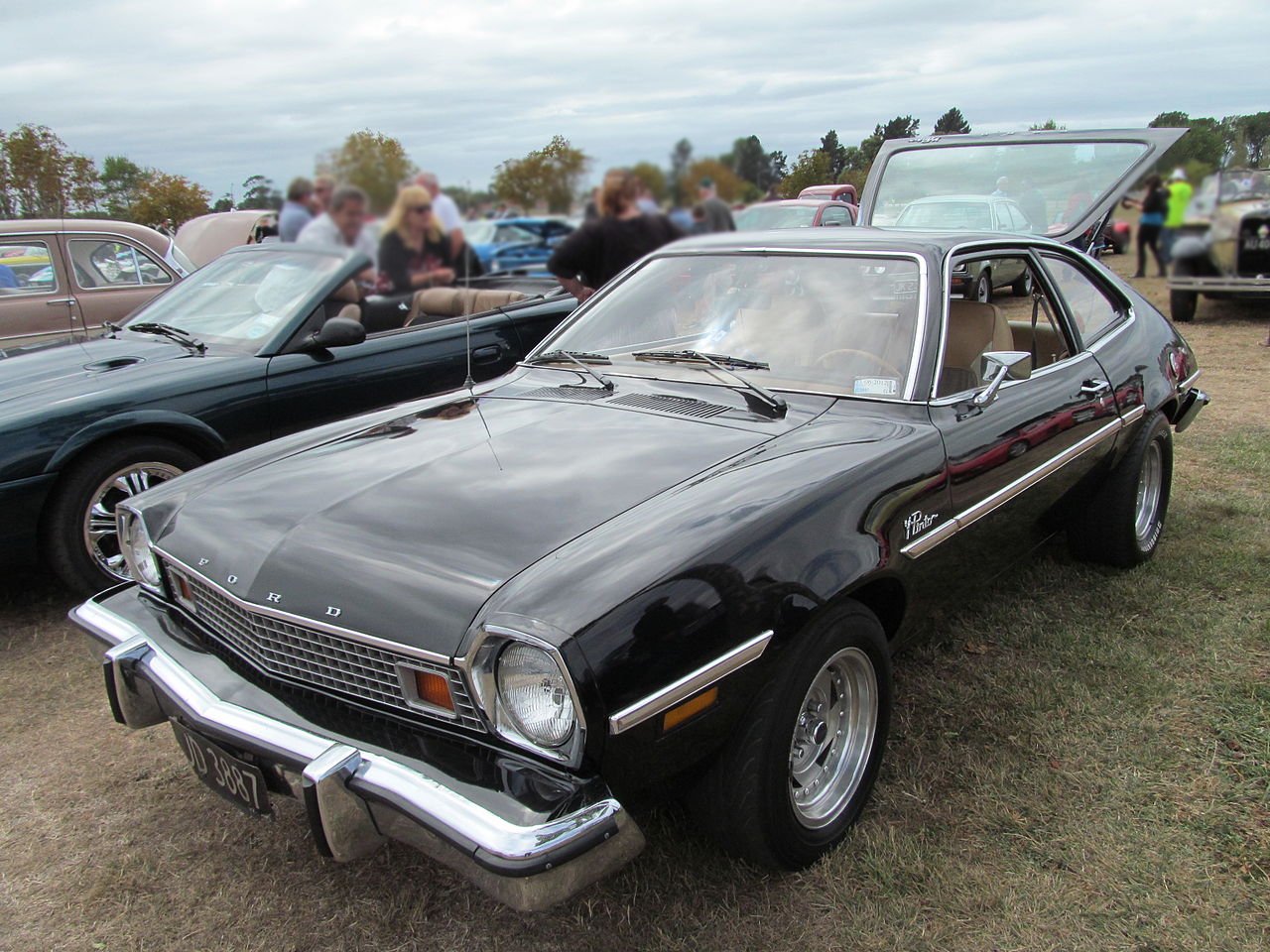 Riley, CC BY 2.0, Wikimedia Commons
Riley, CC BY 2.0, Wikimedia Commons
Lessons For The Automotive Industry
The Ford Pinto's story also serves as a cautionary tale about how rushing a product to market can jeopardize its success. Product managers must strike a balance between meeting deadlines and ensuring quality, safety, and customer satisfaction.
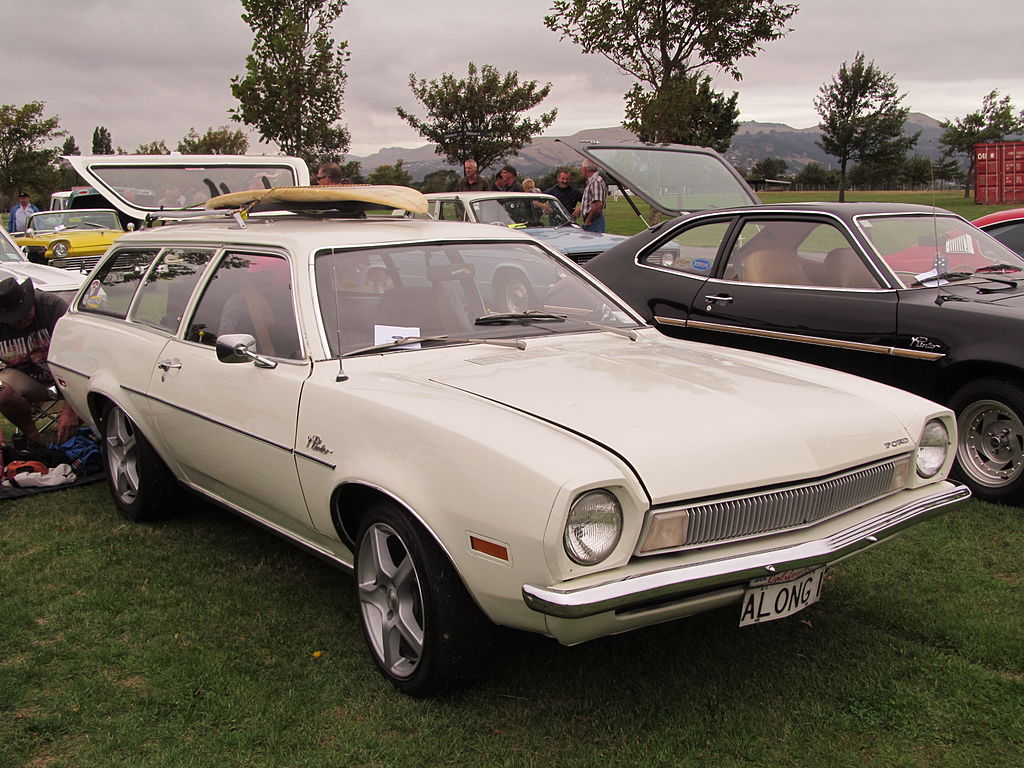 Riley, CC BY 2.0, Wikimedia Commons
Riley, CC BY 2.0, Wikimedia Commons
Impact On Vehicle Design Standards
The Pinto case prompted the NHTSA to enforce stricter crash test standards, including enhanced fuel systems, fire prevention measures, and better fuel tank designs. This case also played a key role in the establishment of agencies like the NHTSA, which work to implement safety regulations and prevent future accidents.
Future Outlook On Vehicle Safety
The Ford Pinto incident underscored the importance of continually advancing vehicle safety standards to protect consumers. It set a precedent for stricter regulations and greater accountability for automakers.
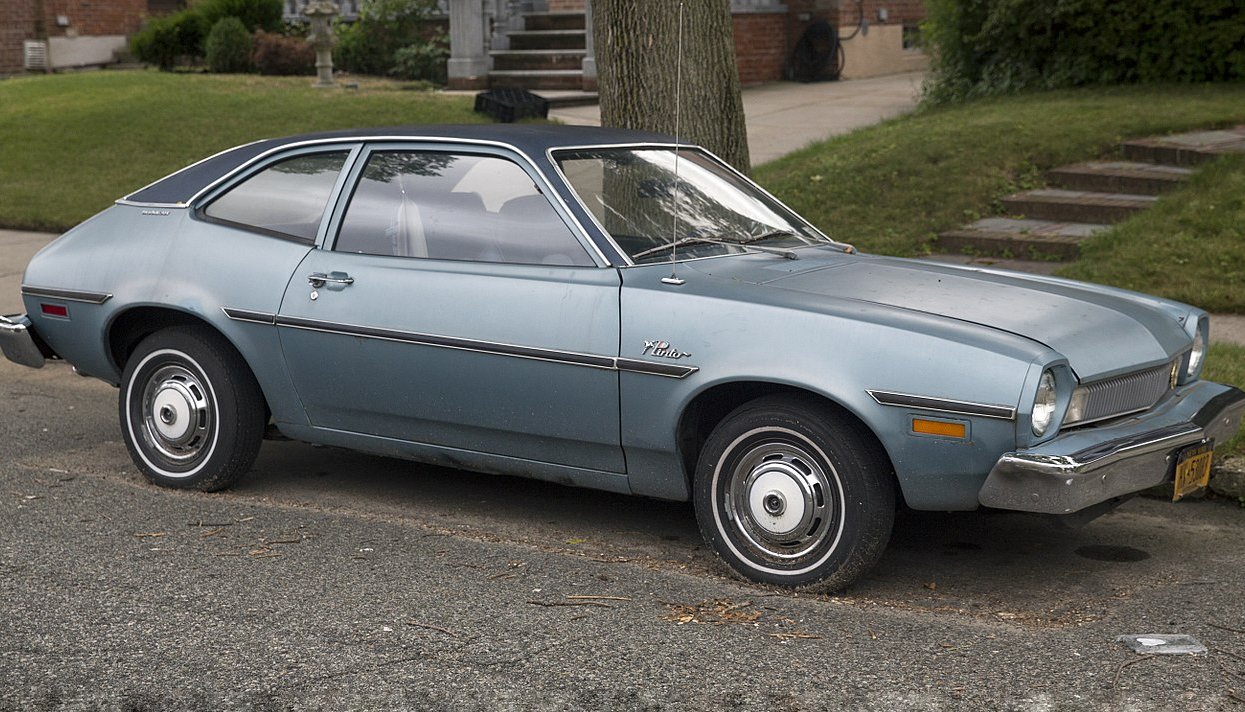 Mr.choppers, CC BY-SA 3.0, Wikimedia Commons
Mr.choppers, CC BY-SA 3.0, Wikimedia Commons
Did Ford Learn?
Following the Ford Pinto controversy, the company encountered yet another major recall. Transmissions produced from 1966 to 1980 had a defect that could cause vehicles to shift from park into reverse, leading to unexpected rollaways. The NHTSA connected this issue to 777 accidents, 259 injuries, and 23 fatalities.
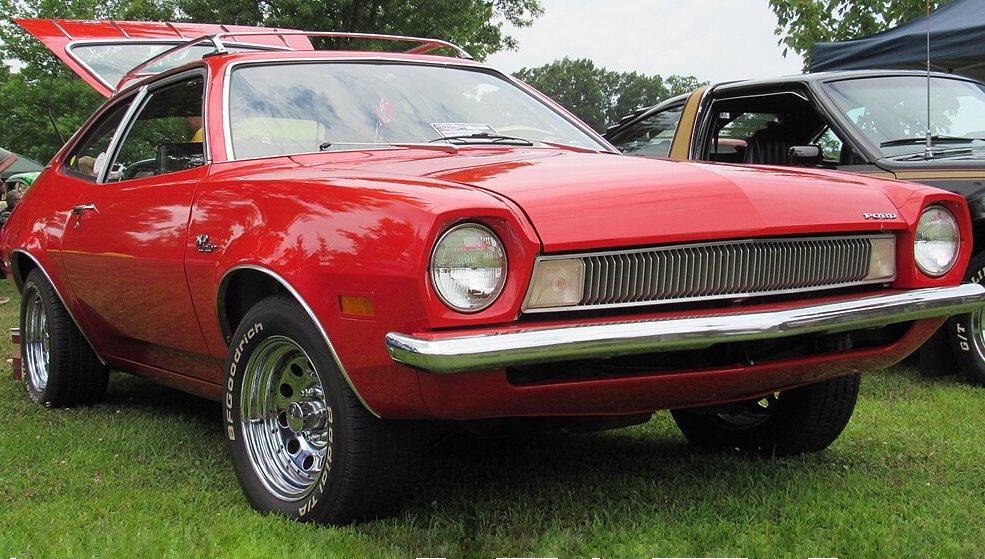 Captainpisslord, Wikimedia Commons
Captainpisslord, Wikimedia Commons
Did Any Automaker Learn?
In 2014, General Motors faced scrutiny over defective ignition switches that could stall vehicles and disable airbags, a safety scandal reminiscent of the Ford Pinto saga. Critics accused General Motors of delaying recalls and repairs due to cost concerns, although the company denied using cost-benefit analyses like Ford had. The ignition switch defect was linked to at least 120 deaths and 275 injuries, prompting a victim compensation fund which led to a $900 million settlement.
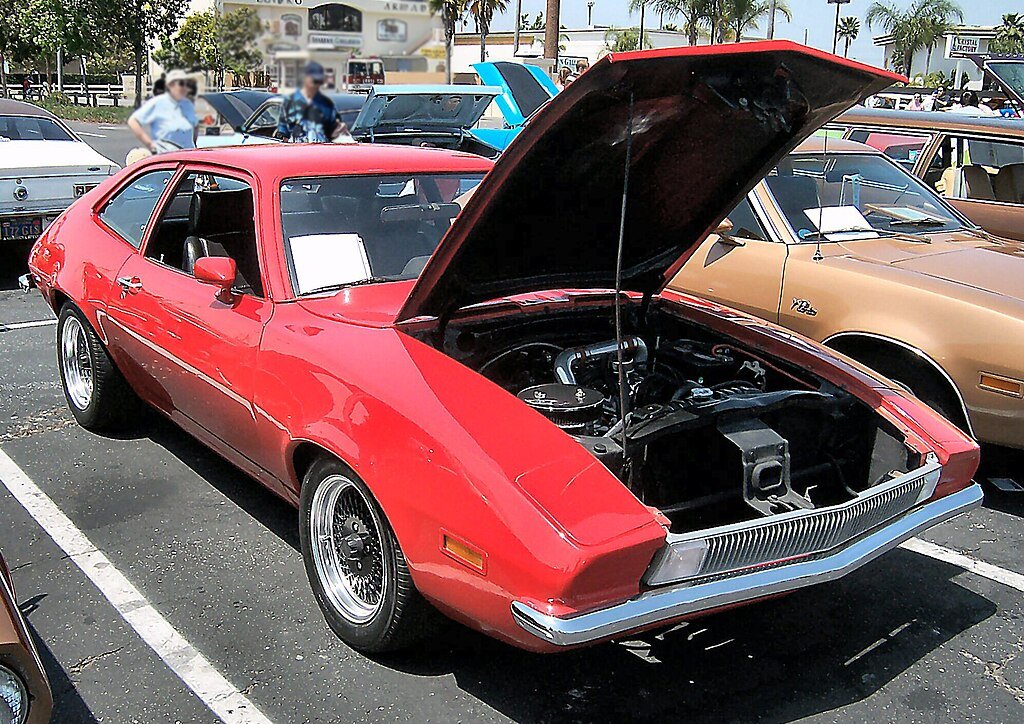 User:Morven, Wikimedia Commons
User:Morven, Wikimedia Commons
Lee Iacocca’s Legacy
Lee Iacocca was the CEO of Ford and main spearhead of the Ford Pinto project. Unlike the Pinto, Iacocca’s legacy seems unscathed—despite his “safety doesn't sell” proclamation. He is, to this day, best known for his development of the Ford Mustang
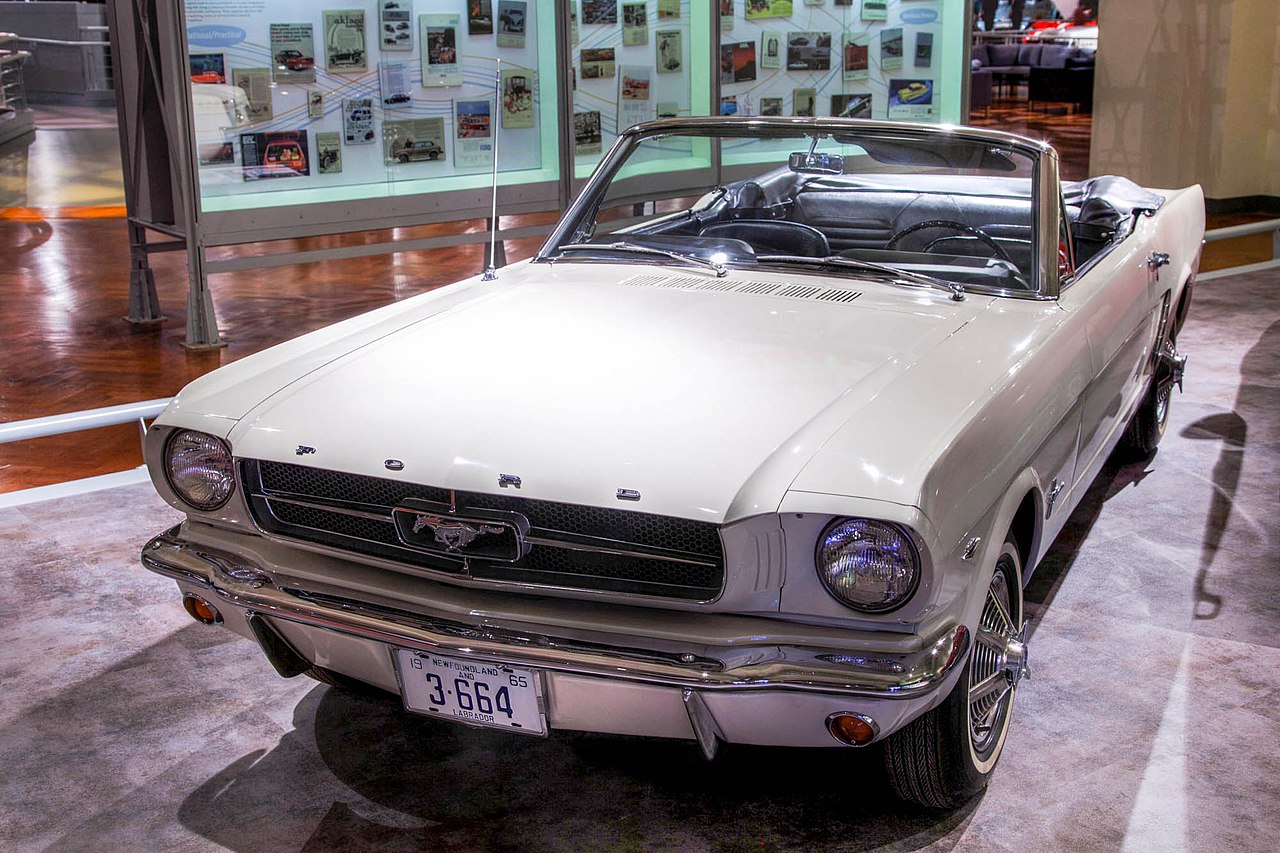 Alvintrusty, CC BY-SA 3.0, Wikimedia Commons
Alvintrusty, CC BY-SA 3.0, Wikimedia Commons
The Ford Pinto’s Legacy
The legacy of the Ford Pinto is one of caution and transformation in the automotive industry. Its infamous fuel tank controversy highlighted the dangers of prioritizing profits over safety, leading to stricter safety regulations and changes in corporate accountability. Today, the Pinto remains a symbol of the importance of ethics in business and consumer protection.
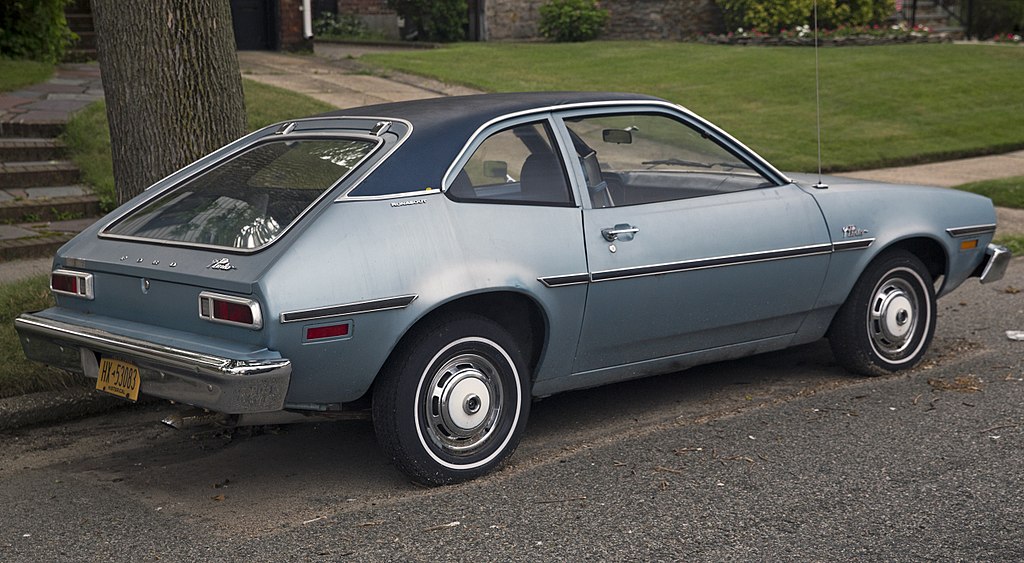 Mr.choppers, CC BY-SA 3.0, Wikimedia Commons
Mr.choppers, CC BY-SA 3.0, Wikimedia Commons


